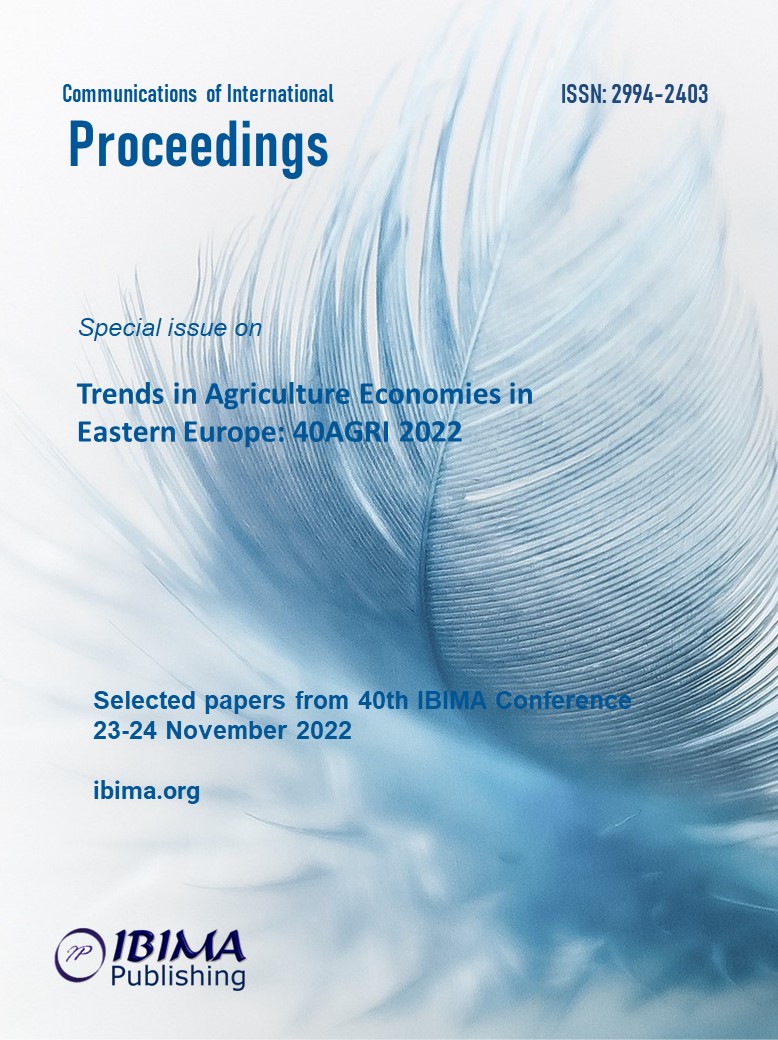
1Andreea – Emanuela DRĂGOI, 2Paul CALANTER and 3Cornelia NEAGU
1Institute for World Economy, Romanian Academy, Bucharest, Romania
2Centre for Industry and Services’ Economics, Romanian Academy, Bucharest, Romania

The new Common Agriculture Policy (CAP) for the 2023-2027 financial framework has set some of the most ambitious goals regarding sustainable development of the rural areas. The high green ambitious of the new CAP have been set out not only by its last reform, but also by the need to be in line with the key goals of the Green Deal. However, the post-pandemic reality has shown that some of those ambitious were difficult to achieve, while the consequences of the current international realities, shaped by the Ukrainian war, energy and food crises, have imposed the necessity of a new vision for the European rural development. Under these new realities and challenges, our paper investigates how the green development has been financed and supported by the Member States, focusing on environment and climate actions since these actions could provide solutions for both current energy crisis triggered by the current sanctions imposed by the EU to the Russian Federation (by financing renewable energy in rural areas), and for the sustainable development in rural areas (through climate actions). Our research methodology is based on a quantitative compared analysis of the environment and climate actions financed in the Member States and at EU level according to the latest available published by the EU countries. We will also present the new green ambitious set to be financed through the most recent approved CAP Strategic Plans for rural development in selected countries, focusing on the tools and opportunities brought by the new financial framework.